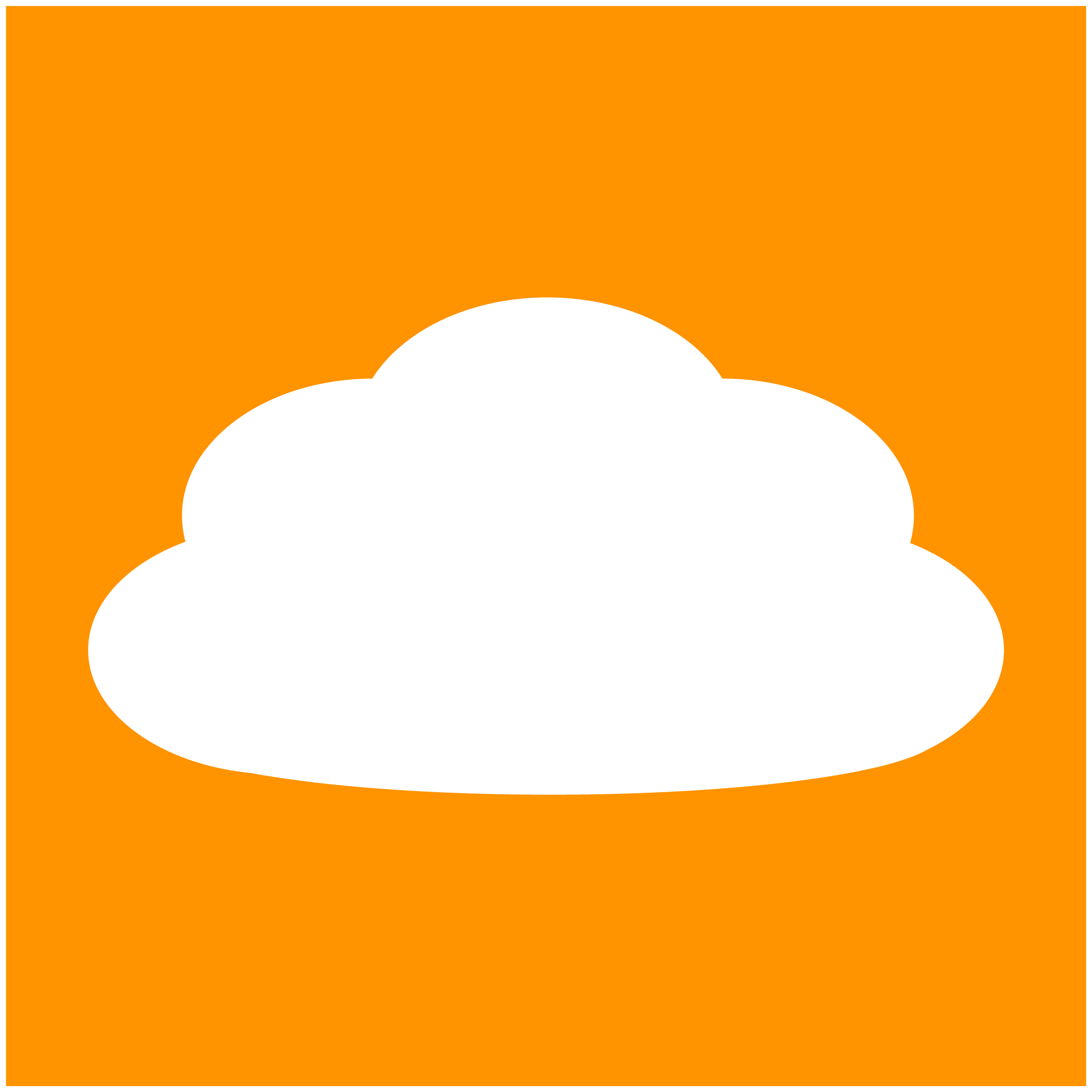I have been thinking about the Local InfoCloud and its role lately. Viewing the world through the InfoCloud lenses has found some rough edges around the Local InfoCloud, initially defined by information accessible because of location or membership to a closed group. The location component makes sense, but it really also needs to include community.
I have recently read Ramesh Srinivasan‘s Village Voice: Expressing narrative through community-designed ontologies (his MIT master’s thesis). In Village Voice Ramesh uses the following definitions of community from Brian Smith (et al.):
- Ethnic/political communities: These are communities that may have no proximity, yet have a common political identity, or ethnic background. A variety of web sites have been designed to allow these groups to come together.
- Geographic communities: These are communities that have physical bounds. These sites aim to complement the face-to-face interaction that already occurs.
- Virtual communities: Virtual communities are groups that come together based on a common interest that the web medium makes possible.
- Demographic communities: A number of web-based demographic communities have emerged to serve various constituencies. Web sites that are based upon a demographic community are growing in popularity.
- Activity-based communities: These communities are defined by a shared activity such as shopping,making music, or playing games.
This connection between Local InfoCloud and communities is one that seems paired in the following manner as it pertains to the InfoClouds. The Global InfoCloud is all the information available to everybody, if one can find it. The Local InfoCloud is that information that is protected by a firewall, membership, or by interest. Adding interest as means of grouping and providing social interaction, which also provides organizational understanding (such as vocabulary, common ideas, and cultural understanding). The distinct social implications of information, whether it is by discipline, work, or other community have similar traits that are different from the Global InfoCloud and the Personal InfoCloud and it stands between the two in the middle ground.
Location is still important to this InfoCloud as our proximity to information and information reuse in the context of location is important. The context of location drives need, but so does social context that comes from community, in relatively similar ways.
Does it make sense to keep the name Local InfoCloud, or would Community InfoCloud be more appropriate? If there is a change, does it make sense to go back and change all the preceding documents or just deal from this point forward.

Leave a Reply